When it comes to what’s in my camera bag, I’m pretty basic. It’s also a balancing act–pack too much and you’ll feel it. Pack too little, and there’s potential to miss a shot.
If you’ve ever wondered what gear I use as a landscape photographer, here’s the breakdown of what helps me capture beautiful moonscapes in Utah to incredible, native hiking trails in New Zealand.
This post may contain affiliate links. Your purchase through these links supports me with a commission, at no added expense to you.
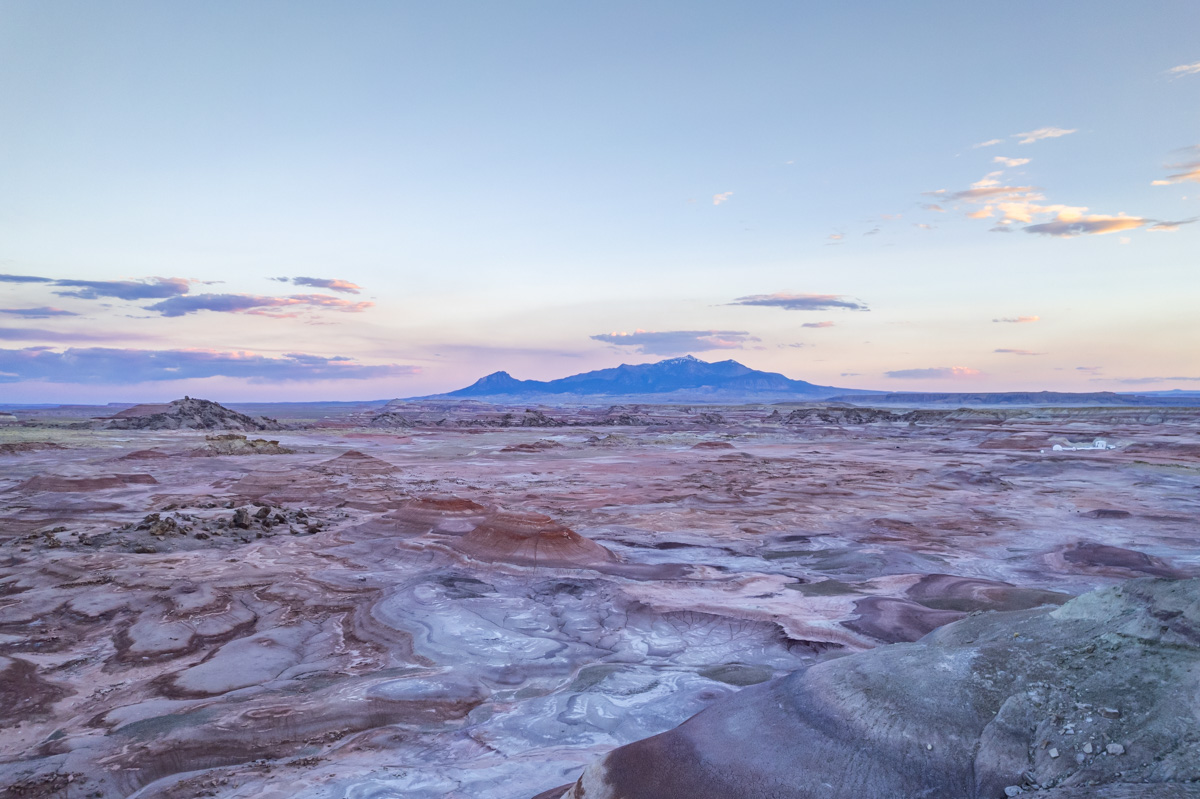
CAMERA BACKPACK
The right backpack makes all the difference when travelling with camera gear. I needed something tough, lightweight, and comfortable for long days out. Also a pack that doubled as a hiking backpack. After testing a few, I landed on the Thule Aspect DSLR Camera Backpack. It hits all the marks–roomy enough for my drone, weather-resistant, and side access for quick gear grabs. The removable hip belt also helps keeps things comfy, especially when tackling some of the longer trails.
For travel days, mostly when in the city and I’m not getting out in nature, I use my Status Anxiety camera crossbody bag. It looks nothing like a camera bag, which is great for flying under the radar, and still fits all my daily essentials.
CAMERA BODY
Weight matters in any situation when it comes to carrying camera gear. This especially is important when hiking, that’s why I invested in using a Canon EOS R6. It’s mirrorless, meaning it’s lighter than a DSLR, but it still delivers stunning quality. I love the electronic viewfinder and honestly, it just really easy to use. It previews exposure in real-time so I can shoot more intuitively and has a pop out screen for those slightly awkward angles. For me, it’s been a game-changer and a perfect balance of performance and portability.
ZOOM LENS
Goes without saying that a zoom lens goes hand-in-hand with a camera body when it comes to what’s in my camera bag. I mainly shoot with the Canon RF 24-105mm zoom lens. It’s incredibly versatile for landscape photography and has been particularly helpful in outdoor scenarios. Zooming in can create space for more diversity in my imagery and gives me more creative licence. Whether I’m shooting in smaller, enclosed spaces or wide open ones, it’s quite adaptive.
However, prime lenses do offer sharper results and are lighter. They’re perfect if the ultimate aim is to get precise shots and if you don’t mind moving physically to adjust your composition.

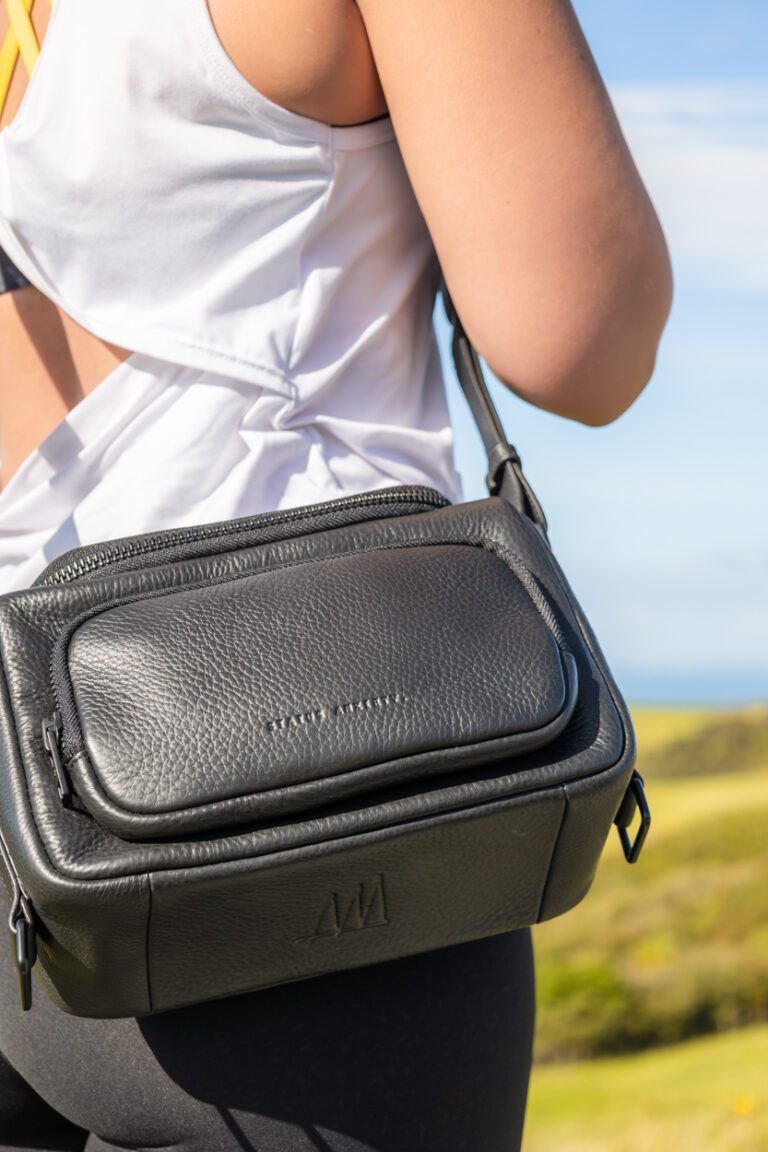
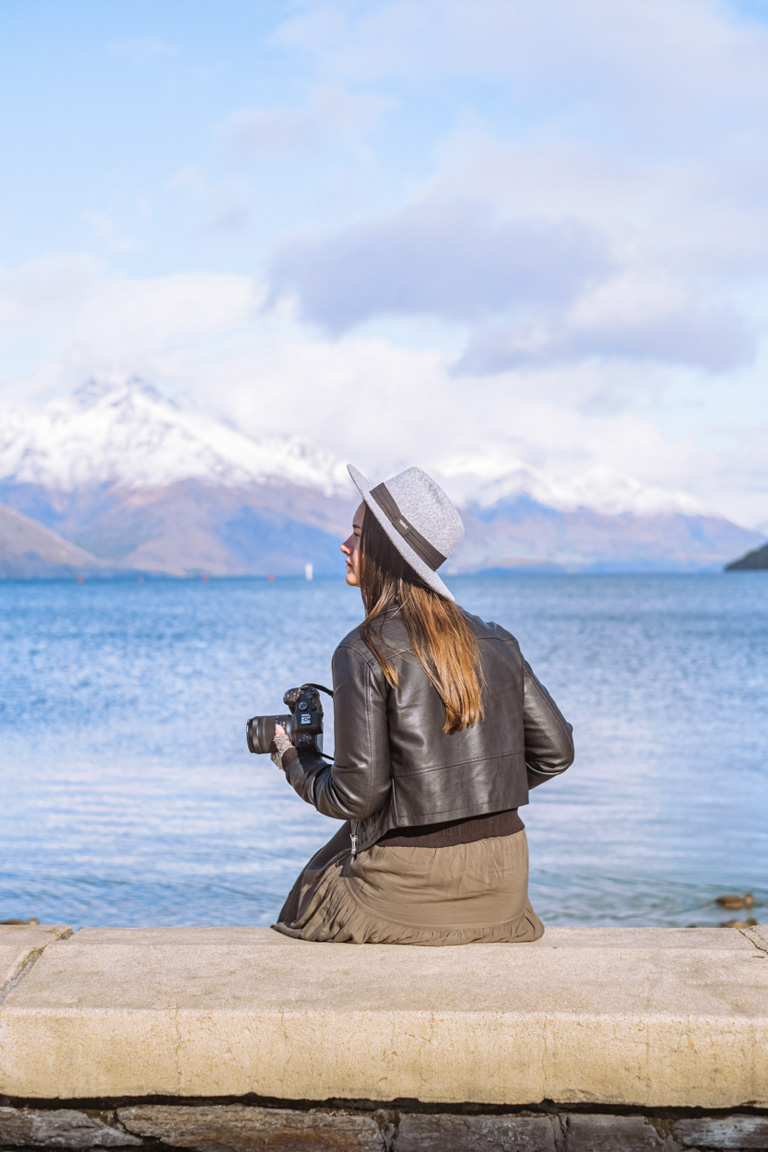
WEATHERPROOFING
Weather can change fast, that’s why I only carry weather-sealed gear or have backup protection ready. My go-to for what’s in my camera bag for extra protection is the Peak Design Shell. It slips on fast when rain threatens and keeps my gear safe from dust and drizzle. I haven’t had to use mine very much as I prefer to shoot in stable weather, but this cover gives peace of mind when any unexpected weather rolls in.
TRIPODS
Finding a lightweight, travel-friendly tripod was always essential for me, especially when hiking solo through Utahs national parks. It allows me to capture sharp low-light images, like sunrise or sunset shots, and take self-portraits without needing extra help.
I currently have a Manfrotto tripod which I’ve customised over the years. However, I would highly suggest a compact, carbon fibre tripod like this Peak Design model. This is on my list of items that I would love to buy to extend my kit (one thing you’ll notice is for us photographers, there’s always a new piece of kit in the wings that we’ve got our eyes on). If out shooting on my own especially, you’ll find a tripod an essential part of what’s in my camera bag.
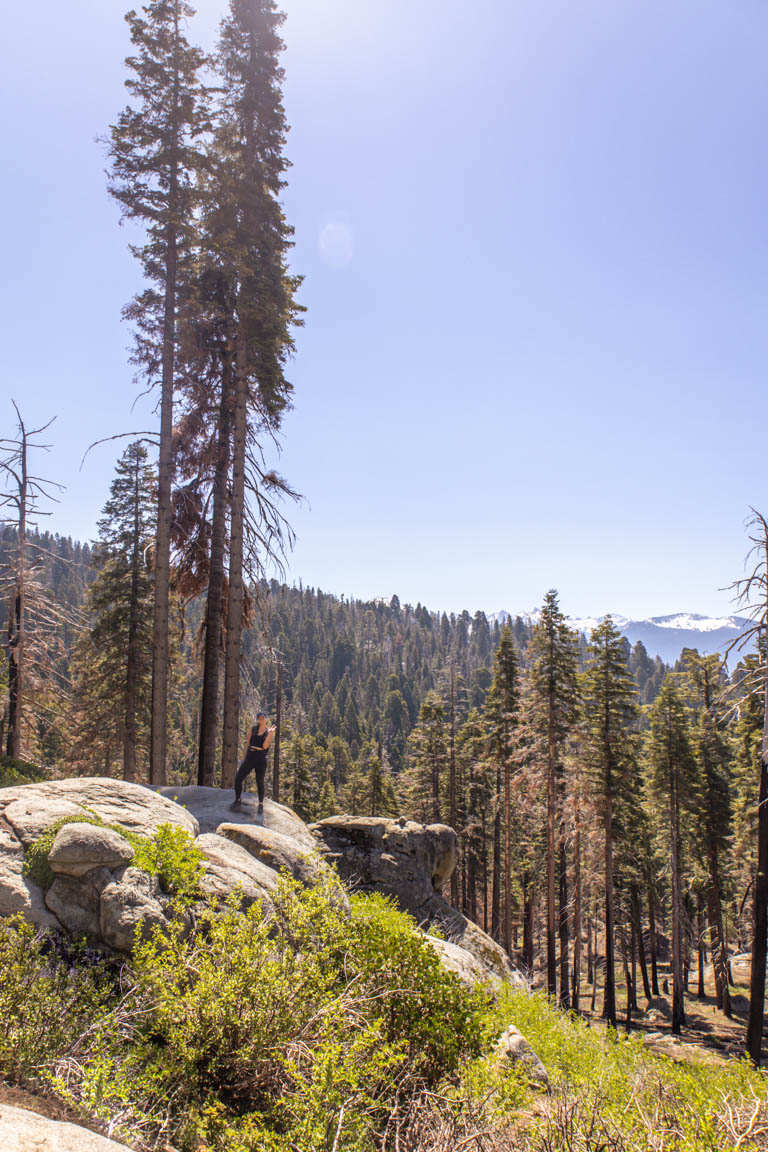

CAMERA CLIP
One of the best camera accessories I’ve ever purchased is the Peak Design Capture Clip. It attaches to my backpack strap and keeps my camera secure but always ready. No more digging in my bag or having it swing around while I walk. It’s ideal for hands-free movement and quick access. It’s been especially helpful on day and overnight hikes. I honestly don’t think I could do one without it.
BACKUP GEAR
Extra memory cards, spare batteries, and a portable charger are must-haves. Nothing ends a shoot quicker than dead batteries or full storage. I always pack backups so I can keep going, even on long days away from any kind of charging point.
These small additions to my camera kit also don’t weigh very much so thankfully, that isn’t a factor. But having these extras puts my mind at ease, especially if I’m shooting multiple days in a row and don’t have time to charge gear or clear my camera cards.
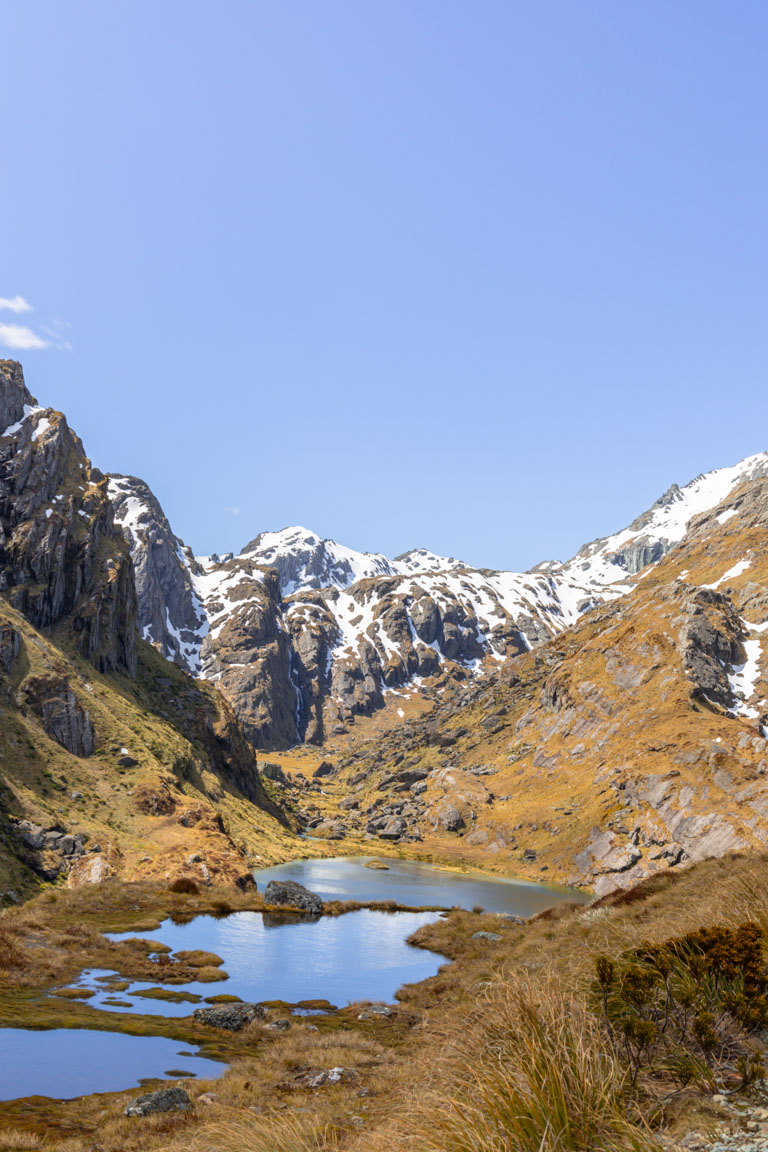
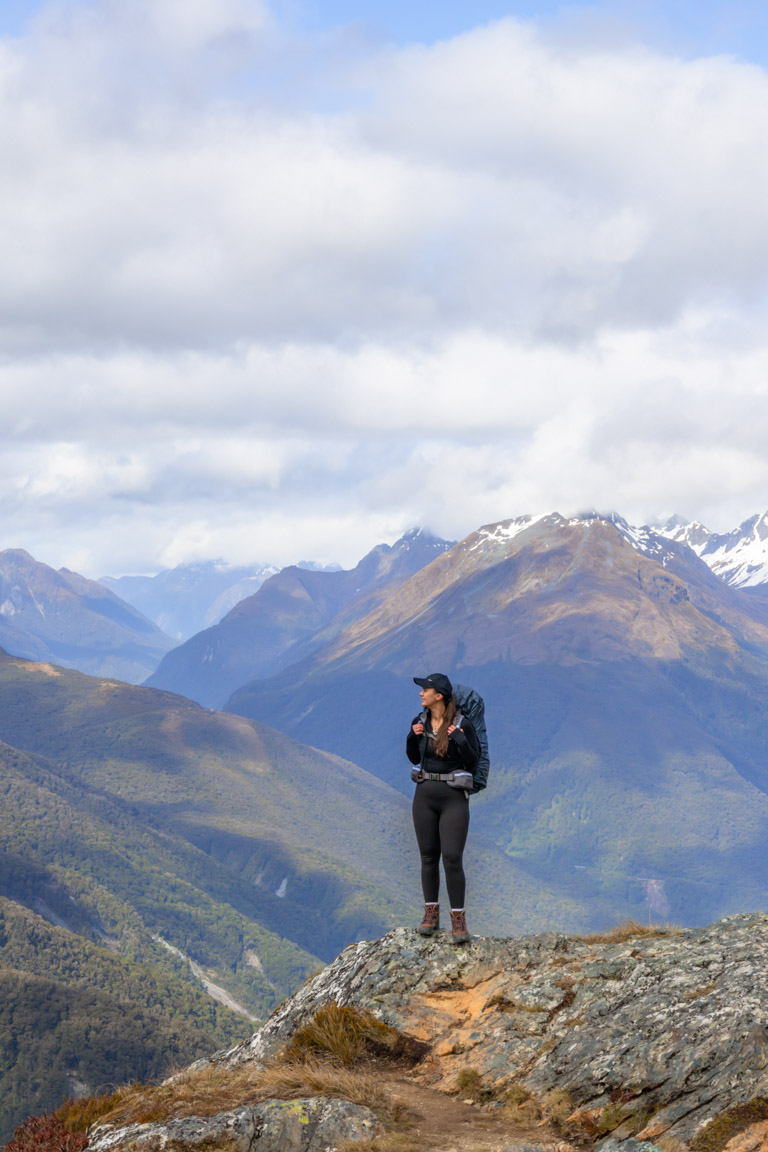
BONUS ROUND: WHAT’S NOT IN MY CAMERA BAG
WIDE-ANGLE LENS
Unfortunately, what’s not in my camera bag is a wide-angle lens.. But it’s high on my list of what to buy next. Wide-angle lenses are typically between 10-24mm focal lengths and allow you to fit more into your frame. Lenses like the Canon Canon 14-35mm f/4 offer brilliant sharpness and let you capture wide, dramatic scenes. Or alternatively, smaller, enclosed spaces.
POLARISING FILTERS
I also don’t use polarising filters often (even though I probably should). They’re useful for cutting glare and boosting natural colour. Purchasing a polarising filter is really all up to personal preference and what your aesthetic is. A UV filter, however, is something I recommend as basic lens protection. It serves as an inexpensive layer against dust, scratches, and accidental bumps. This at a minimum should be a part of what’s in your camera bag.
SUMMARY
In this post, I’ve unpacked what’s in my camera bag. From essential camera gear to smart accessories that make photography easier. Whether you’re planning an epic multi-day hike or a day trip closer to home, these camera essentials help you travel lighter and shoot smarter.
For more gear insights tailored to those who love to hike, check out my full guide to Essential Photography Gear for Hiking. It’s packed with practical tips for every trail.
If you’re looking for more travel tips, feel free to explore our comprehensive travel guides.